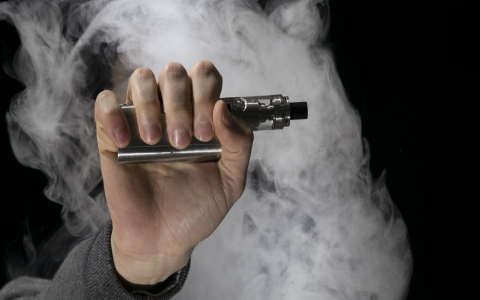Cigarette electronics encompass the systems and components integral to the operation of electronic cigarettes, also known as e-cigarettes or vaping devices. These devices utilize electronic mechanisms to aerosolize a liquid solution, commonly referred to as e-liquid, for inhalation.
Core Electronic Components and Functions
The fundamental electronic architecture of these devices typically comprises several key elements:

- Power Source (Battery): This is usually a rechargeable lithium-ion battery, providing the electrical energy necessary for the device’s operation. Batteries can be integrated or removable/replaceable. Critical specifications include capacity (measured in milliampere-hours, mAh) and maximum discharge rate. Charging is typically managed via a USB port connected to an internal charging circuit.
- Heating Element (Atomizer Coil): A resistive wire, often made from materials like Kanthal, stainless steel, nickel, or titanium, forms the coil. When an electric current passes through this coil, its resistance causes it to heat rapidly. This component is directly responsible for the aerosolization of the e-liquid. It is usually paired with a wicking material (e.g., cotton, ceramic) that draws e-liquid from a reservoir to the coil.
- Control Circuitry (Microprocessor/PCB): A Printed Circuit Board (PCB) featuring a microprocessor serves as the device’s control unit. This circuitry regulates the power delivery from the battery to the atomizer coil, manages battery charging processes, and implements various safety features. These safety protections can include short-circuit protection, over-discharge prevention, overheat protection, and puff duration limits.
- Activation Mechanism: Devices are activated either through a manual push-button or an automatic sensor. Draw-activated systems employ an airflow sensor that detects the user’s inhalation, which then completes the electrical circuit to power the atomizer. Button-activated systems require the user to press a button to initiate power delivery.
- User Interface Elements: More advanced devices may include electronic components for user interaction, such as LED indicators to display battery level or operational status, and sometimes small screens (e.g., OLED) to show settings like wattage, voltage, coil resistance, and puff count.
Principle of Operation
Upon activation, the control circuitry directs electrical current from the battery to the atomizer coil. The coil’s electrical resistance leads to a rapid increase in its temperature due to Joule heating. This thermal energy is transferred to the e-liquid saturating the wicking material. The e-liquid then heats to its aerosolization point, forming a fine mist or aerosol that is subsequently inhaled by the user. Sophisticated electronic controls can allow for precise adjustments in power output (variable wattage/voltage) or temperature control, enabling users to customize vapor production and flavor intensity while also potentially preventing overheating of the coil and wicking material.










